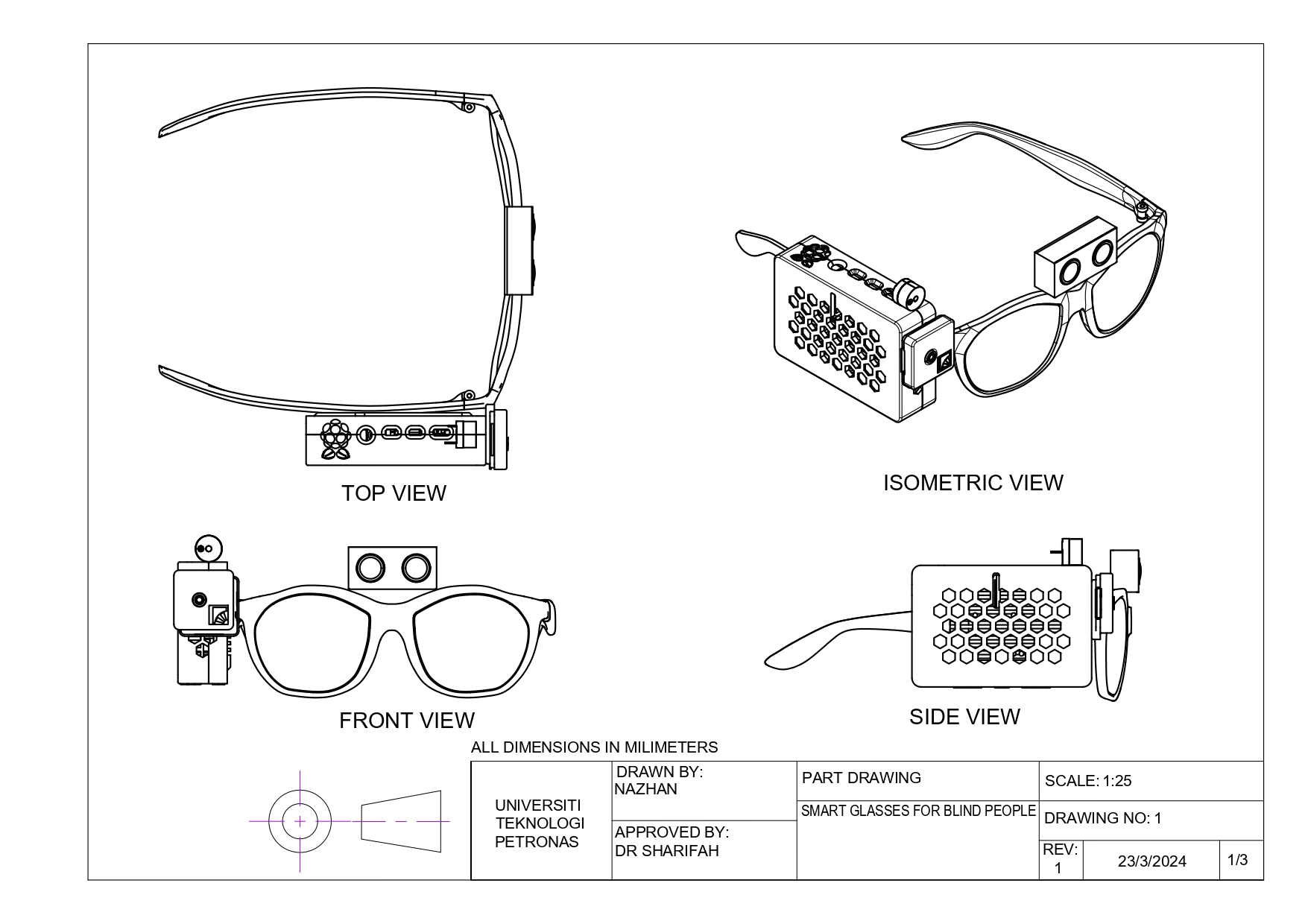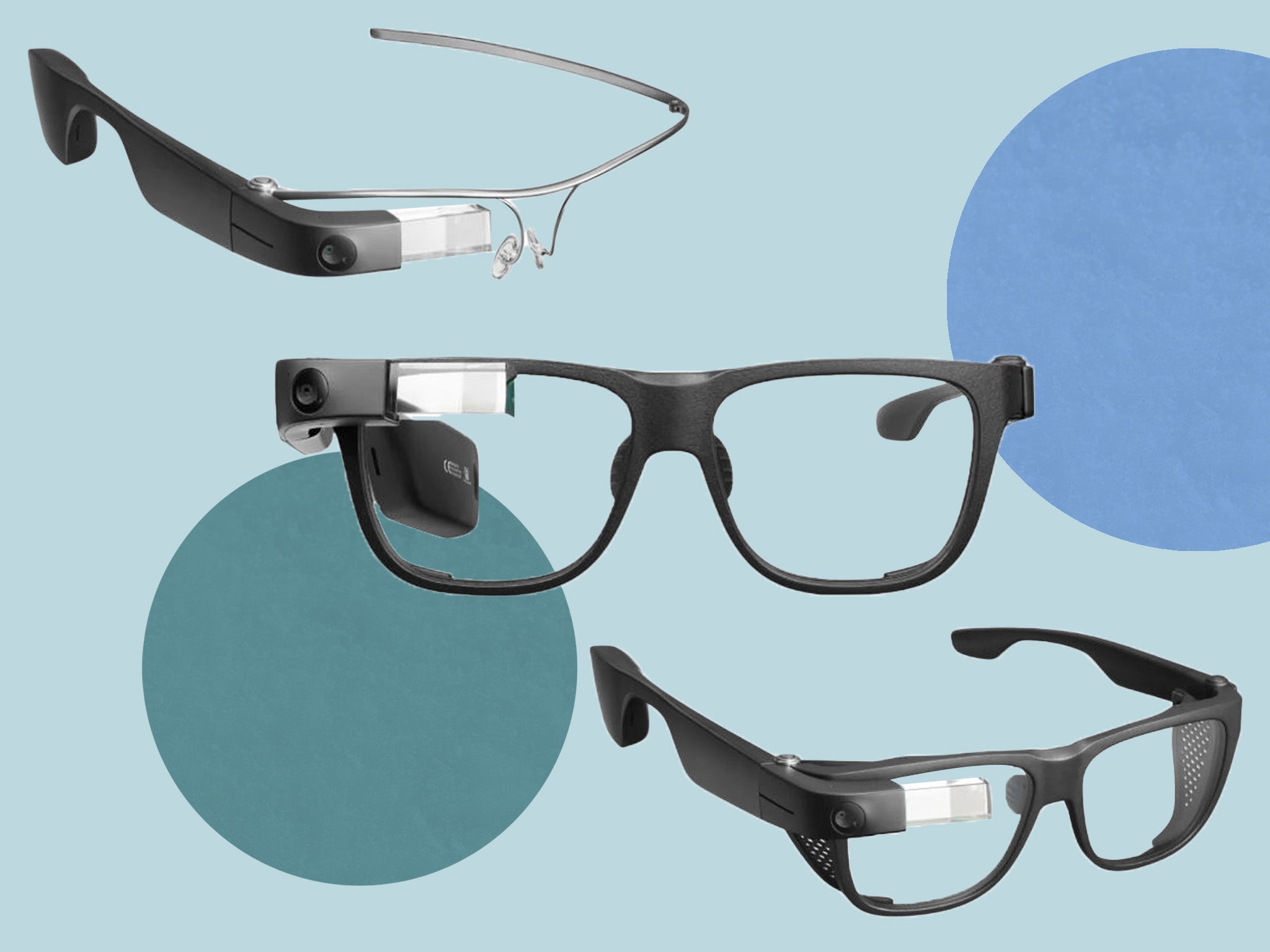Wearable Technology for Low Vision: Transforming How We Navigate the World
Wearable Technology for Low Vision: Transforming How We Navigate the World
Blog Article
Empowering Freedom With Assistive Innovation for the Blind
The integration of assistive innovation for people that are blind or aesthetically impaired represents a considerable improvement in promoting independence and improving high quality of life. With an array of tools-- from screen readers to cutting-edge tactile devices-- these modern technologies not only assist in navigation and interaction yet likewise advertise social addition and engagement in different elements of life.
Recognizing Assistive Innovation
Although assistive modern technology has evolved dramatically for many years, its essential objective remains the same: to improve the top quality of life for people with impairments, especially those that are blind or aesthetically damaged. This modern technology includes a broad range of tools and tools that assist in freedom and functionality in daily tasks.
Assistive innovation can be categorized into low-tech and sophisticated services, each made to meet certain demands. Modern devices commonly include software application applications, specialized equipment, and flexible devices that utilize advanced technology to provide support in different contexts. Alternatively, low-tech solutions may include everyday things that are customized to improve access, such as magnifiers or tactile markers.
The integration of assistive innovation into the lives of people who are blind or aesthetically impaired not just advertises autonomy but also cultivates social incorporation and participation in professional and educational settings. By leveraging these technologies, customers can browse their environments, access information, and communicate efficiently, therefore boosting their overall quality of life. Comprehending assistive modern technology is crucial for advocates, experts, and caretakers that aim to support people in optimizing their potential and achieving greater freedom.
Kinds of Assistive Tools
Assistive devices for the aesthetically impaired and blind are crucial tools that improve daily obeying dealing with certain obstacles encountered by individuals. These gadgets can be generally classified right into three primary types: optical gadgets, digital devices, and sensory devices.

Sensory devices, such as Braille displays and tactile maps, provide alternate methods to obtain info. Braille displays convert electronic text right into Braille, enabling users to check out touch. Tactile maps supply spatial understanding through elevated structures and lines, permitting much better environmental recognition.
Together, these assistive tools encourage individuals with visual disabilities to engage even more fully with their environments, promoting higher self-reliance and confidence in everyday tasks.

Effect On Every Day Life
The assimilation of assistive technology into the day-to-days live of individuals that are aesthetically damaged or blind dramatically boosts their ability to connect and browse with the world around them. Instruments such as display visitors, Braille shows, and mobile applications help with accessibility to details, enabling individuals to involve with digital content, connect properly, and take care of daily jobs individually.
Furthermore, innovations like wise glasses and navigating applications give real-time assistance in unknown environments, enhancing mobility and self-confidence. These tools make it possible for individuals to recognize obstacles, read indicators, and even identify faces, therefore cultivating a sense of freedom in public areas. Furthermore, home automation systems, which can be controlled through voice commands, permit people to handle their living settings a lot more efficiently, enhancing comfort and safety and security.
The effect of assistive technology prolongs beyond practical tasks; it advertises helpful resources social incorporation and psychological wellness. By bridging the gap between individuals and their environments, these technologies equip individuals to take part totally in community activities, go after academic opportunities, and involve in meaningful connections. Ultimately, the advancement of assistive modern technology is critical in redefining the opportunities for people who are aesthetically impaired or blind, causing a much more comprehensive and obtainable society.
Success Stories and Endorsements

An additional powerful testimony comes from Mark, a current university graduate who utilized screen analysis software application throughout his scholastic trip. This modern technology enabled him to gain access to program products and take part in conversations, inevitably causing his effective shift into the workforce. Mark credit reports assistive technology for empowering him to accomplish his occupation goals, highlighting its function in leveling the playing area for individuals with visual problems.
Furthermore, area centers have actually reported boosted participation in their programs thanks to the intro of accessible electronic systems. These platforms have made it simpler for people to attach, share resources, and support each other. These success stories collectively underscore the profound result of assistive modern technology in promoting freedom, improving lifestyle, and breaking down barriers for the visually damaged and blind community.
Future Patterns in Assistive Technology
Emerging technologies are poised to revolutionize the landscape of assistive technology for people that are visually damaged or blind. Advancements in expert system (AI) and device understanding are boosting the capacities of gadgets, enabling even more user-friendly user experiences. AI-driven applications are increasingly able to acknowledge objects and read text aloud in real-time, giving users with valuable details regarding their environments.
Furthermore, advancements in wearable modern technology are creating new opportunities for independence. Smart glasses furnished with increased reality attributes can overlay important details onto the user's field of view, facilitating navigation and communication with the atmosphere. Furthermore, the combination of Internet of Things (IoT) devices is enhancing access in smart homes, enabling users to manage appliances and obtain alerts with voice commands or responsive user interfaces.
The advancement of braille screens and responsive feedback systems is likewise on the you can try here rise, promoting access to electronic web content and improving communication. As these modern technologies remain to advance, they promise to improve day-to-day living, instructional opportunities, and work prospects for individuals with visual impairments. Continual collaboration between technologists, individuals, and campaigning for teams will be necessary in ensuring these advancements satisfy the requirements of the neighborhood properly.
Verdict
In final thought, assistive modern technology plays an essential role in improving the independence of people who are aesthetically damaged or blind. By providing essential tools and resources, these modern technologies assist in enhanced navigating, access, and interaction to information, consequently cultivating freedom and confidence. The transformative effect of assistive tools not only advertises reliable communication with the setting however additionally urges social inclusion and engagement in different aspects of life, inevitably equipping users to prosper within their communities.
The assimilation of assistive innovation for individuals that are blind or visually damaged stands for a considerable improvement in cultivating self-reliance and enhancing top quality of life.The assimilation of assistive modern technology right into the lives of individuals that are blind or visually harmed not just promotes freedom however also cultivates social inclusion and participation in specialist and educational environments. Eventually, the innovation of assistive modern technology is crucial in redefining the possibilities for people who are visually damaged or blind, leading to an extra inclusive and easily accessible society.
Several individuals that are visually damaged or blind have shared motivating success tales that highlight the transformative impact of assistive technology why not try these out on their lives.In conclusion, assistive modern technology plays a pivotal role in boosting the self-reliance of people that are aesthetically damaged or blind.
Report this page